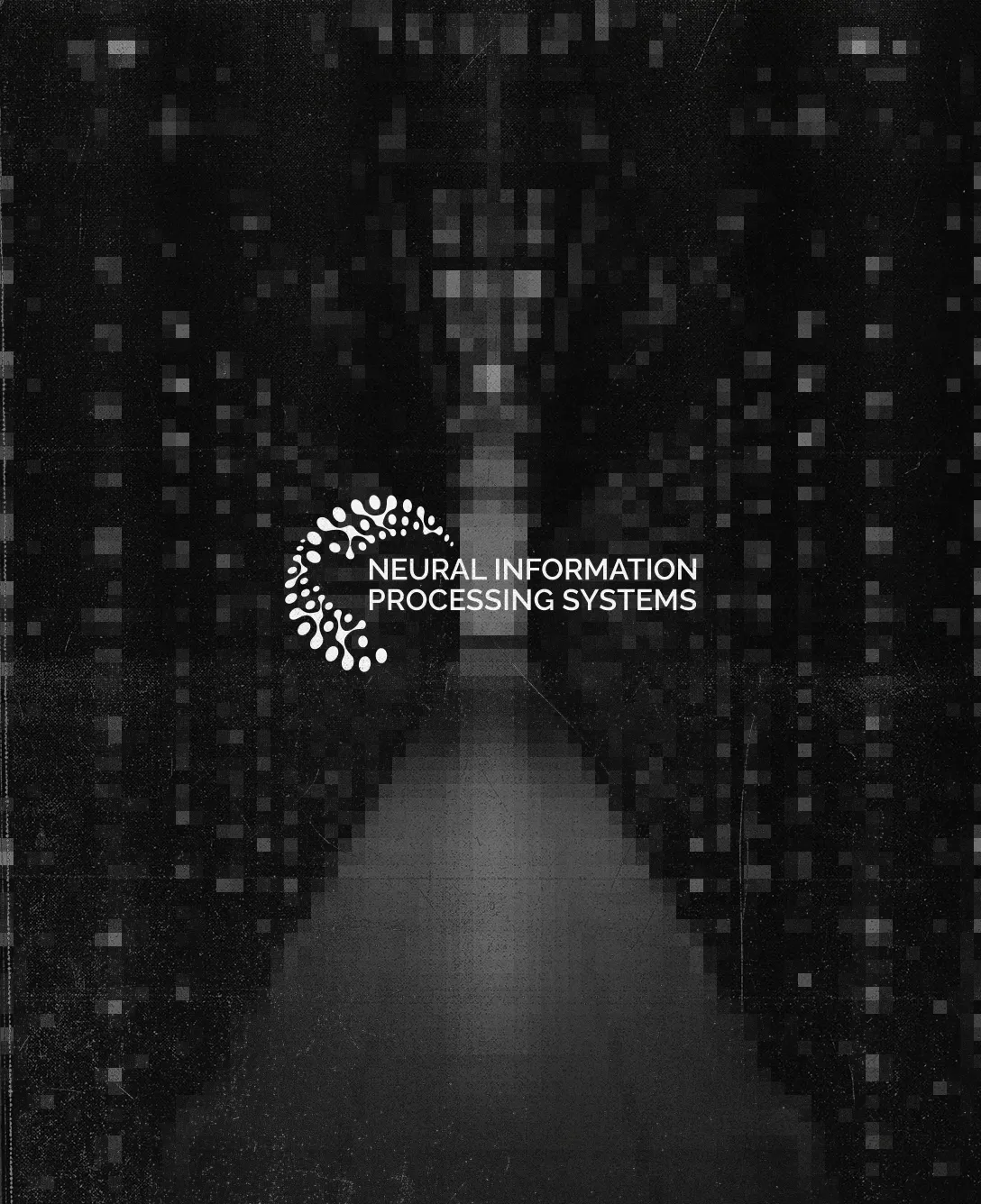
SAFE financing overview – timelines, process & docs
Below you will find information around timing, process, and documents in regards to a SAFE or Convertible Note.
Timing
The typical amount of time between signing a term sheet for a SAFE or Convertible Note* round and the initial closing/wiring is 1-2 weeks. Sometimes, you can skip doing a term sheet entirely; you can go straight to drafting the form of SAFE itself after agreeing with your lead investor(s) on the major terms of the round (e.g. discount, valuation cap, total round size, and lead investor $$ amounts).
You can do multiple closings (i.e. get wires on different days from different investors); this is sometimes called a “rolling close.” In a rolling close, you’d usually have the lead investor participate in the initial closing (so that they can set the terms), and then bring on additional investors to fill out the round on the same terms and with the same form docs. There’s no time limit for how long these rolling closes can be done, but it’s best practice to finish up all closings within a month or two for a variety of reasons (ask your lawyers!). It’s also good to notify all of the investors when the round has been fully closed.
If you absolutely need the money a certain date (e.g. to make payroll), tell your counsel and your investors at the beginning of the process.
Process
Once the term sheet is signed and/or you’ve agreed on the material terms of the round, several workstreams will happen simultaneously. They are:
(1) Document Drafting: Either your counsel or the lead investor will draft the form of SAFE and additional documentation (see “Documents” section below). You/your counsel and the lead investor will negotiate the documents as needed. There aren’t usually many document revisions in SAFE rounds; the form docs are pretty standardized.
(2) Diligence: The investors will need to do some basic legal diligence on your company before closing. Investors also need to be sure they’re aware of any non-market provisions in your corporate documentation (e.g. atypical founder vesting), in case they want to ask for those to be updated before closing.
(3) Closing Mechanics: As documents and diligence requests are finalized, you or your counsel can collect all signatures, disseminate wire instructions to investors, and then circulate the final signed docs to all investors and ask them to wire funds.
As we noted above, your lawyers can take the lead on coordinating the entire process. They’ve probably done this hundreds, if not thousands, of times before - take advantage of their expertise. They will also take care of the necessary back-office stuff, like getting the requisite formal Board approval for the round before the initial closing.
Documents
Term Sheet: The term sheet describes all of the major terms of the deal – e.g. discount, valuation cap, round size, and (for Notes) maturity date. The term sheet is typically just between the lead investor and the company, and other smaller investors decide whether to invest based on the terms that are already set.
- As we mentioned above, you don’t need a term sheet for a SAFE round; you could go straight to drafting the SAFE itself after agreeing with your lead investor on the major terms. But, a term sheet can help expedite the document review process for later additional investors, and can be useful for you to refer back to later.
SAFE or Convertible Note: The lead investor will often have a form of SAFE that they always use. This will include all of the material economic terms, in addition to some standard representations made both the company and the investors.
Side Letters: It’s pretty common for investors in SAFE rounds (especially lead investors) to ask for a Side Letter granting them some additional rights. Common rights included in these letters are pro rata participation rights and information rights. The lead investor will often have a form of Side Letter that they regularly use.
Board Consent: This is a doc signed all current Board members, where they formally approve the financing and (sometimes) various other items. Formal Board consent is required before the initial closing. Company counsel will draft this.
- Sometimes your counsel will recommend doing a Stockholder Consent as well.
Investors’ Due Diligence: For SAFE rounds that happen early in the company’s lifecycle, investors will do some basic diligence, like reviewing your: (1) Charter (aka Certificate of Incorporation), (2), Bylaws, (3) Cap Table, and (4) Founder Stock Purchase Agreements. You or your lawyers can provide these to your investors based on their requests. If there are off-market terms in these docs, some investors will ask that you update them to something more “vanilla” before they wire.
- If you’re raising a SAFE round later in the company’s life (e.g. as a bridge between equity rounds), new investors will likely need to do more diligence than what we listed above.
Closing Mechanics Stuff:
- Company Wire Instructions: You’ll need to send your company’s incoming wire instructions to your investors. Investors will also often ask for your phone number so their finance team can call to verbally confirm the wire info (as an anti-fraud measure).
- Email Addresses & Full Names of all Signers: Your counsel will tell you whose signatures you’ll need for closing, and you should provide and/or confirm those people’s full names and email addresses. Your counsel can coordinate sending everyone signature packets, collecting their signatures, and compiling them in the documents. Everything can usually be electronically signed.
*NOTE: For purposes of this article, we’ll refer to SAFEs instead of Convertible Notes. But, the process and documentation for both are essentially identical.
Disclaimer: The content provided in the Amplify Legal Hub is intended for informational purposes only and should not be construed as legal advice. Always consult a qualified legal professional for advice tailored to your specific situation.



